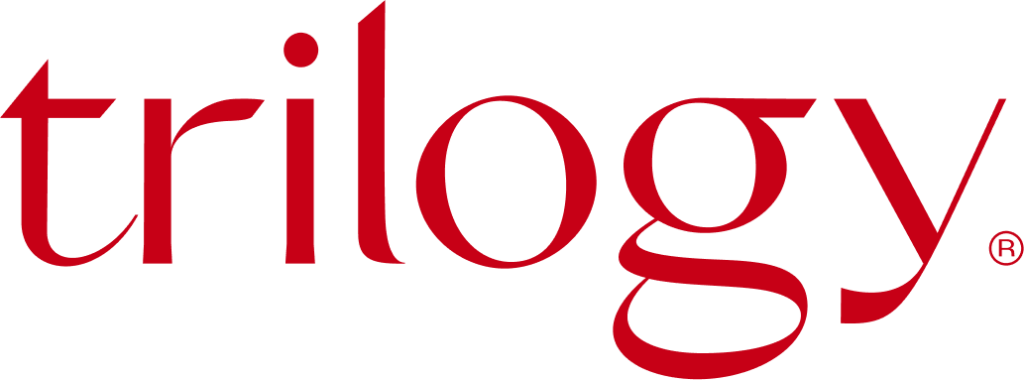Definition
URL parameters are queryIn the realm of SEO (Search Engine Optimisation), a query re... strings added to a URL after a “?” to track information about trafficDefinition In the context of SEO (Search Engine Optimisation... sources, campaigns, and user behaviourDefinition What is User Behaviour in Social Media Marketing?.... Businesses like a digital marketing agency in Auckland use URL parameters to measure marketing performance and optimise campaigns for better results.
What Are URL Parameters?
URL parameters (queryIn the realm of SEO (Search Engine Optimisation), a query re... strings) are key-value pairs added to a URL after a ? to pass information between pages.
How URL Parameters Work
A standard URL with parameters looks like this:https://example.com/blog-post?utm_source=facebook&utm_medium=social&utm_campaign=seo_tips
utm_source=facebook→ Identifies where the trafficDefinition In the context of SEO (Search Engine Optimisation... came from.utm_medium=social→ Specifies the type of trafficDefinition In the context of SEO (Search Engine Optimisation... (social mediaWhat is Social Media? Social media refers to online platform..., email, paid ads, etc.).utm_campaign=seo_tips→ Tracks specific marketing campaigns.
By analysing these parameters, businesses can understand which platforms and campaigns generate the most engagementDefinition Engagement in content marketing refers to the deg... and conversions.
An illustration of the use of URL parameters
Imagine an e-commerce website offering filters for product categoriesDefinition Categories, in the context of SEO and digital mar..., brands, and price ranges. URL parameters allow for dynamically generating filtered search results. For instance, a user searching for “men’s shoes” within a specific price range could be directed to a URL like:example.com/products?category=shoes&gender=men&price_range=50-100. The URL parameters enhance search, user experience, and SEO-friendliness.
| InfographicDefinition In content marketing, an infographic visually pre... Title | Content Description | Visual Representation |
|---|
| 1. URL Parameter Structure | Breakdown of a sample URL with UTM parameters, showing the role of utm_source, utm_medium, and utm_campaign. | Flowchart highlighting different UTM parameters and their functions. |
| 2. How URL Parameters Improve Marketing Performance | Shows how businesses like SEO companies, performance marketing agencies, and digital marketing agencies in Auckland track campaignDefinition An SEO campaign involves focused, Organised effor... performance. | Funnel or tracking flowchart demonstrating how data flows into Google AnalyticsDefinition In SEO, analytics involves collecting, measuring,.... |
| 3. Click-Through Rate (CTR)Definition CTR in social media measures the percentage of pe... & Conversion RateDefinition Conversion Rate in the SEO space refers to the pe... Calculation | Explains CTR and conversion rateDefinition Conversion Rate in the SEO space refers to the pe... formulas with examples like (Clicks / Impressions) x 100. | Bar chart or percentage-based graphic visualizing CTR and conversion rateDefinition Conversion Rate in the SEO space refers to the pe.... |
| 4. UTM Parameter Tracking for Social MediaWhat is Social Media? Social media refers to online platform... Campaigns | Tracks how different social mediaWhat is Social Media? Social media refers to online platform... platforms (Facebook, Instagram, LinkedIn, TikTok, YouTube) contribute to website trafficDefinition In the context of SEO (Search Engine Optimisation.... | Pie chart or table showing UTM tracking results per platform. |
| 5. Static vs. Dynamic URL Parameters | Compares static and dynamic URL parameters with pros and cons. | Side-by-side table comparing static vs. dynamic URLs. |
| 6. Best Practices for Managing URL Parameters | Lists key strategies like using canonical tags, shortening links, and leveraging Google’s CampaignDefinition An SEO campaign involves focused, Organised effor... URL Builder. | Icon-based checklist summarizing best practices. |
Key Takeaways
- Dynamic ContentDefinition Dynamic Content refers to web content that change...: URL parameters help websites create dynamic contentDefinition Dynamic Content refers to web content that change... based on user inputs, enhancing functionality and user experience.
- Canonicalisation: Careful URL parameter handling is vital to prevent duplicate contentDefinition Duplicate content in the SEO space refers to iden... problems and optimize search engine indexingDefinition Indexing in content marketing involves search eng....
- URL Structure: They enable users and search engines to navigate websites more easily and intuitively.
- SEO Considerations: Considering URL parameters’ SEO impact is vital for optimizing site visibility in search results.
- Parameter Management: One can achieve maintaining a sound website structure and SEO performance by routinely monitoring and managing URL parameters, including setting parameters that search engines will ignore.
FAQs
What are URL parameters in SEO?
URL parameters are additional information appended to a URL to specify certain details about a web page's content or functionality.
How do URL parameters affect SEO?
Improper handling of URL parameters can leadDefinition A Lead in the context of SEO refers to a potentia... to duplicate contentDefinition Duplicate content in the SEO space refers to iden... issues, crawl inefficiencies, and impact SEO performance negatively.
What is canonicalization in relation to URL parameters?
Canonicalization involves specifying the preferred version of a webpage among multiple versions generated by URL parameters, helping search engines index the correct content.
Should I use URL parameters for all dynamic content?
URL parameters should be used judiciously, prioritizing static URLs whenever possible to avoid potential SEO complications.
How can I manage URL parameters for SEO?
Use tools like Google Search ConsoleDefinition Google Search Console is a free web service from ... to specify URL parameters to ignore or set preferred versions, and implement URL parameter handling directives in robots.txtDefinition Search engine crawlers use directives from Robots... or via canonical tags.
Do URL parameters affect site speed?
While excessive URL parameters can potentially increase page load times, their impact on site speedDefinition Site speed refers to the amount of time it takes ... is generally minimal compared to other factors like serverDefinition A Server in the SEO space refers to a computer sy... response time and page size.
Can URL parameters affect indexing of pages?
Yes, improperly handled URL parameters can leadDefinition A Lead in the context of SEO refers to a potentia... to duplicate contentDefinition Duplicate content in the SEO space refers to iden... issues, confusion for search engines, and suboptimal indexingDefinition Indexing in content marketing involves search eng... of pages.
What should I consider when optimizing URL parameters for SEO?
Consider factors such as parameter relevanceDefinition In SEO, relevance refers to the degree to which a..., impact on content variation, potential for duplicate contentDefinition Duplicate content in the SEO space refers to iden..., and user experience implications.
Are there SEO-friendly ways to use URL parameters for tracking or analytics purposes?
Yes, consider using URL rewriting techniques, such as using JavaScriptJavaScript is a versatile programming language that plays a ... redirectsDefinition Effective redirects are crucial for SEO firms to ... or tracking parameters in URL fragments (#), to track user interactions without impacting SEO.
How can I identify and address URL parameter issues affecting SEO?
Regularly monitor crawl errors and index coverage reports in Google Search ConsoleDefinition Google Search Console is a free web service from ..., and use URL parameter handling tools to address any issues identified.




